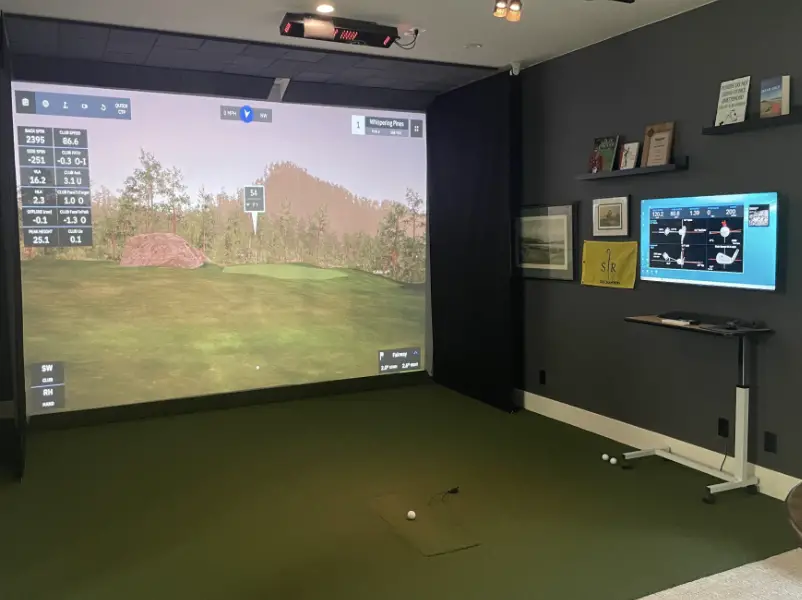
Unraveling the Accuracy of Golf Simulators: Swing for Success
Golf simulators have become increasingly popular among golfers of all skill levels, providing a convenient and immersive way to play the sport without leaving the comfort of home. These high-tech systems claim to offer a realistic golfing experience, but many enthusiasts wonder just how accurate golf simulators truly are. In this blog post, we will delve into the world of golf simulators, exploring their technology, factors affecting accuracy, and the overall reliability of these virtual golfing setups.
The Technology Behind Golf Simulators
Golf simulators utilize a combination of advanced technology to mimic the golfing experience accurately. Here are the key components that contribute to their functionality:
- Launch Monitor: At the core of every golf simulator is a launch monitor, which uses radar, infrared, or high-speed cameras to track the ball’s launch conditions, including speed, spin, launch angle, and direction.
- Impact Screen: A high-quality impact screen serves as the canvas for projecting the golf course visuals. It must display accurate distances, ball flight, and shot trajectory for a lifelike experience.
- Software: Sophisticated simulation software interprets the data from the launch monitor and calculates ball flight, simulating the entire shot from impact to landing.
- Golf Clubs and Sensors: Specialized golf clubs with embedded sensors provide feedback on swing speed, angle, and clubface impact, contributing to the overall accuracy of the simulator.
Factors Affecting Accuracy
While golf simulators have come a long way in replicating the golfing experience, several factors can influence their accuracy:
- Calibration: Regular calibration of the launch monitor and sensors is crucial to maintain accuracy. Factors like ambient temperature and humidity can affect readings, necessitating recalibration.
- Quality of Equipment: The accuracy of a golf simulator heavily depends on the quality and precision of its components. Higher-end simulators tend to offer more reliable and realistic results.
- Space and Setup: The available space and proper setup of the simulator play a significant role in accuracy. A constrained space or insufficient ceiling height may lead to compromised readings.
- Player Technique: The simulator’s accuracy can also be influenced by the player’s swing technique and consistency. Proper swing mechanics and consistent ball-striking will yield more accurate results.
The Overall Reliability
When set up correctly and equipped with high-quality components, golf simulators can provide a reasonably accurate representation of your shots and overall performance. While they may not be entirely identical to playing on a real golf course, they offer valuable feedback on your swing mechanics, ball flight, and club data.
Golf simulators are widely used by professional golfers, coaches, and even golf equipment manufacturers to analyze performance and make data-driven improvements. Many users also find them to be an invaluable tool for practice during inclement weather or when time constraints limit visits to a golf course.
Conclusion
Golf simulators have revolutionized the way golf enthusiasts practice, play, and improve their game. While they may not replicate the outdoor golfing experience perfectly, they offer a reliable and convenient alternative for honing your skills and enjoying the game year-round. By investing in a quality simulator, ensuring proper setup, and maintaining regular calibration, you can enjoy a highly accurate and immersive golfing experience right in the comfort of your own home. So, swing with confidence, embrace the technology, and strive for success in the virtual world of golf simulators.






